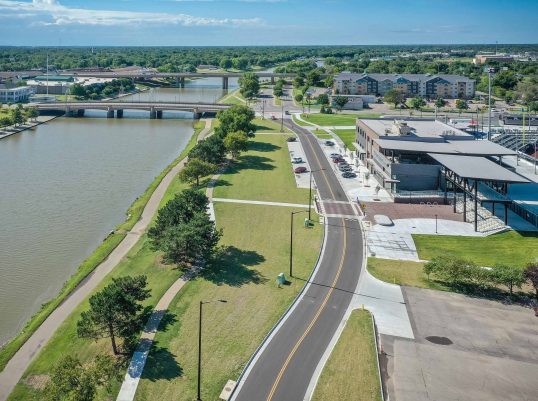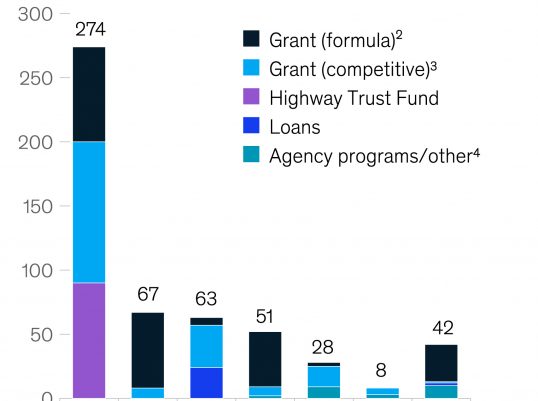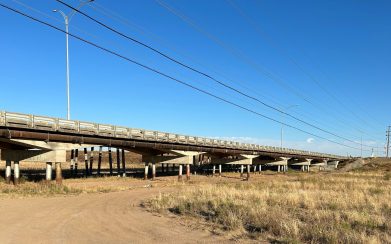Knowledge Hub
Infrastructure Investment and Jobs Act

The Infrastructure Investment and Jobs Act (IIJA), also referred to as “Bipartisan Infrastructure Law” or “BIL” for short, was passed by Congress and signed by President in November 2021.
The IIJA, combined many of what had been previously stand-alone federal infrastructure bills into one. $550 billion in new funding, with the rest of the package comprised of previously approved funding totaling $1.2 trillion to be distributed between 2022 and 2026 with a high probability for the bulk of the spending to take place in 2025-2027.
Funding authorized through this bill will be awarded by many different entities.
- Federal DOTs
- State DOTs
- State Environmental Agency
- Individual Large MPOs
- Others
The new funding is primarily designated for a dozen key categories where infrastructure investments were deemed most needed.
Transportation emerged as the big winner, with roads and bridges, rail, transit and airports garnering nearly half of the new funding. Power, broadband, water and environmental remediation also received large amounts. Here’s a rundown of the new funding, followed by some highlights.

Many of the details will get ironed out in the “rule making” process, where each federal cabinet will take to the IIJA Legislation and develop regulations. In addition, the state and federal agencies charged with administering the federal funding will also have their own rules and regulations for each program.
While the federal government has doubled down on its long-time commitment to capital investments in backbone infrastructure for state communities, states, and local governments have and will continue to pay for the majority of transportation, water, and wastewater infrastructure capital and operations.









